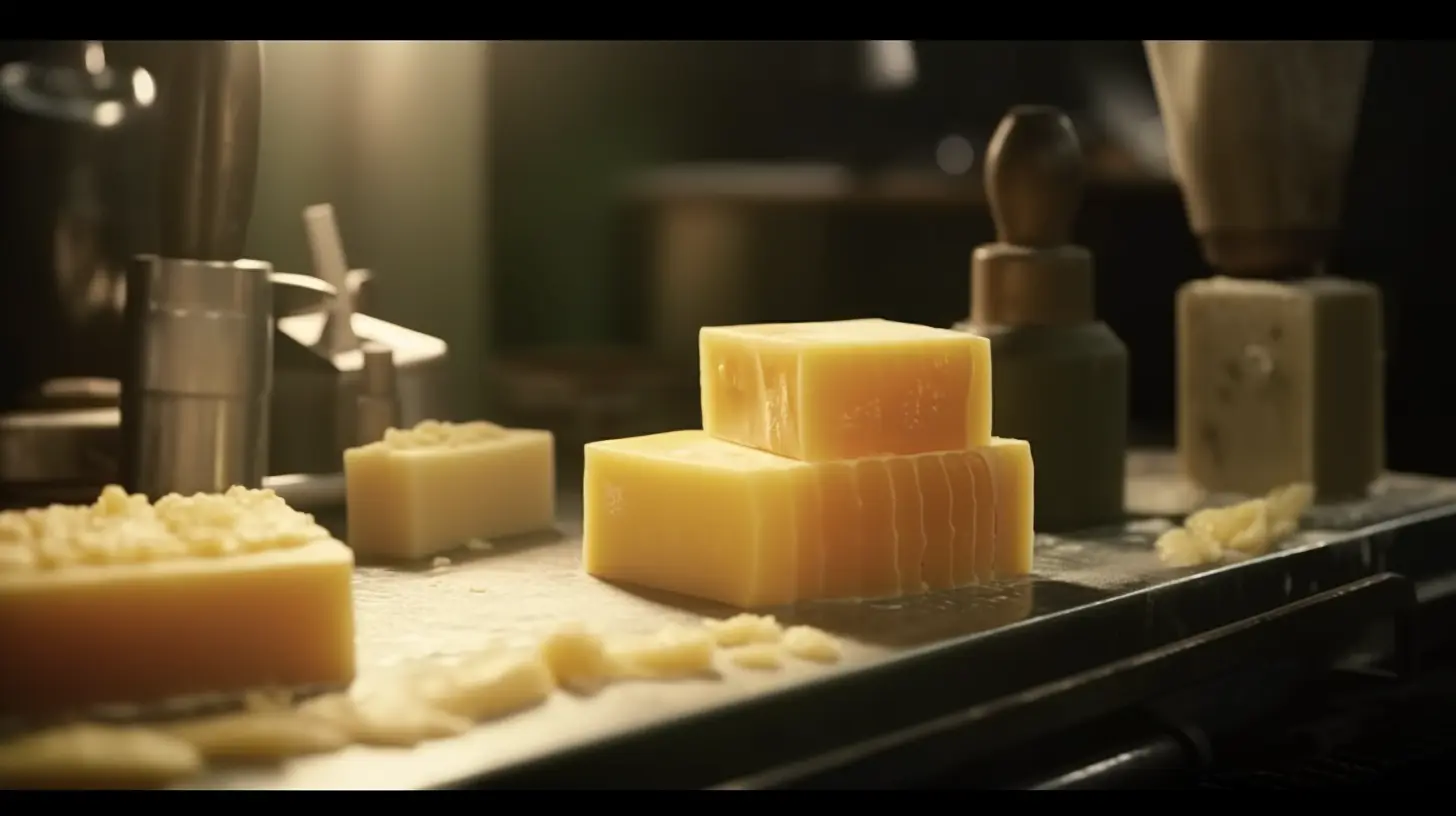-
Natural Soaps
- Rosemary Goat Milk Soap New
- Peppermint Tea Tree Goat Milk Soap
- Peppermint Spearmint Goat Milk Soap
- Patchouli Lavender Goat Milk Soap Hot
- Oatmeal Lavender Goat Milk Soap
- Oatmeal Honey Goat Milk Soap
- Oatmeal Almond Goat Milk Soap
- Lavender Rosemary Goat Milk Soap
- Lavender Goat Milk Soap
- Citrus Sage Goat Milk Soap
- Chamomile Lemon Goat Milk Soap
- Calendula Orange Goat Milk Soap
- Anise Goat Milk Soap
- 3 Wrapped Soap Bars for $15.00
- 3 Un-Wrapped Soap Bars for $14.00
The Art and Science of Soap Making: A Comprehensive Guide

Introduction:
Discover the fascinating process of soap making, from the use of natural ingredients to the various techniques employed. Handmade soaps offer a unique experience and a range of benefits, making them popular among individuals seeking gentle and nourishing skincare. In this article, we delve into the art and science of soap making to unravel the secrets behind creating exceptional cleansing bars.
Section 1: Ingredients for Soap Making
Choose high-quality natural ingredients for soap making, including vegetable oils such as olive oil, coconut oil, and palm oil. These oils possess moisturizing, cleansing, and lathering properties, ensuring a luxurious bathing experience. Explore the added benefits of natural additives like herbs, essential oils, and exfoliants, which enhance fragrance, texture, and skincare qualities.
Section 2: Understanding the Saponification Process
Soap making relies on a chemical reaction called saponification, wherein the fatty acids in oils or fats combine with an alkali substance, usually sodium hydroxide (lye) for solid soap or potassium hydroxide for liquid soap. This transformative process converts the oils and alkalis into soap molecules and glycerin, resulting in a gentle and effective cleansing product.
Section 3: Exploring Soap-Making Techniques
a) Cold Process Soap Making:
Discover the popular method of cold process soap making, which involves carefully mixing oils or fats with lye and allowing the mixture to saponify naturally over several weeks. This technique retains the inherent qualities of the oils, resulting in a moisturizing and gentle soap. Experiment with different oil combinations, scents, and colors to create unique and personalized blends.
b) Hot Process Soap Making:
Learn about hot process soap making, where the oils and lye mixture is heated to accelerate the saponification process. This method reduces curing time, allowing the soap to be used immediately. While the resulting soap may differ in texture and appearance from cold process soap, it provides the same cleansing properties.
Section 4: Molding and Curing Techniques
After achieving the desired soap consistency, pour the mixture into molds of various shapes and designs, from simple rectangles to intricate patterns. Following molding, the soap must undergo a curing process for several weeks. During this time, excess moisture evaporates, resulting in a harder and longer-lasting soap bar. Proper curing is essential to ensure a mild and gentle product.
Conclusion:
Soap making is a harmonious blend of art and science, where the selection of premium ingredients and precise measurements yield exceptional cleansing bars. Handmade soaps, like those crafted by Pure-N-Simple Soap, offer the benefits of all-natural ingredients, providing gentle care for the skin without the harsh chemicals found in some commercial soaps. Incorporate the time-honored tradition and dedication behind each bar of soap into your daily hygiene routine. Experience handmade soaps’ craftsmanship and individuality, and indulge in a truly luxurious bathing experience.

